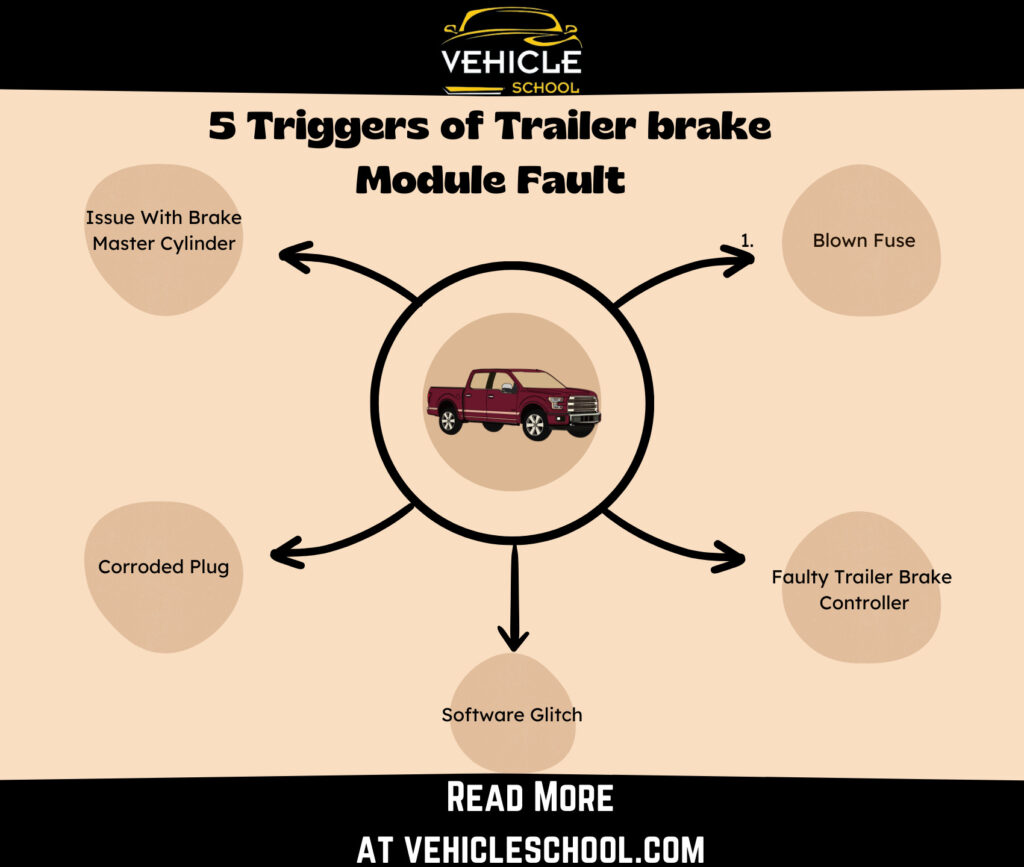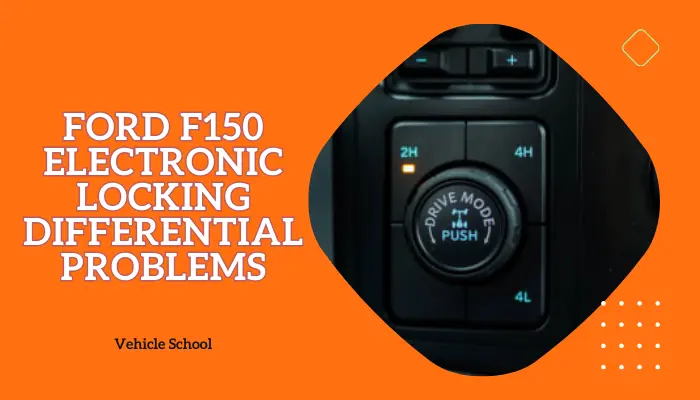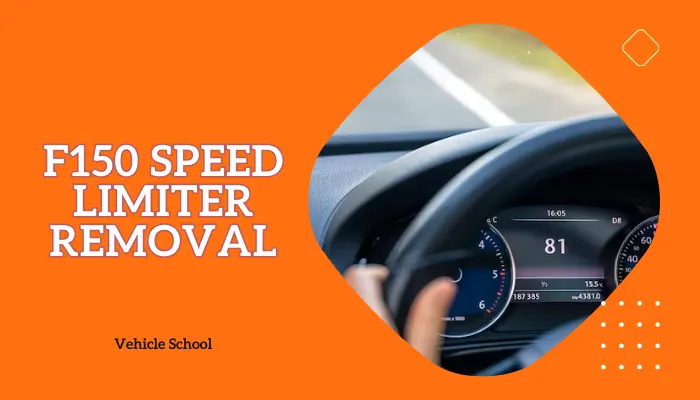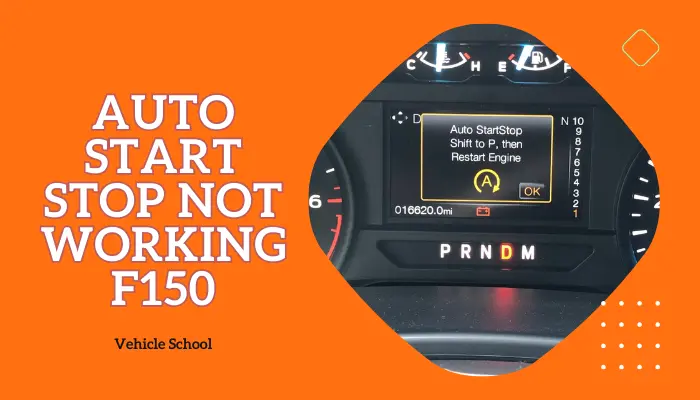The ‘Trailer Brake Module Fault’ warning in your F150 comes up due to a blown fuse, a glitchy controller, loose brake connectors, or corroded plug pins. You can fix this by changing the blown fuses, replacing faulty controllers, cleaning brake connectors, or updating software. Also, remember to check and replace the plug.
If you’re uncertain about the steps involved, I’ll help guide you through the detailed processes. Let’s get started.
Key Takeaways
| Reasons for Trailer Brake Module Fault Message in F150 | What To Do For Clearing Trailer Brake Module Fault Warning |
| Blown Fuse (#91 “Trailer Tow Light Module”). | Fix fuse issues by relocating fuse #20 to #91 or replacing damaged fuses. |
| Faulty Trailer Brake Controller causing short circuits. | Replace faulty Trailer Brake Controller and reconfigure settings using Forscan. |
| Issues with Brake Master Cylinder connectors. | Clean and ensure proper connections of Brake Master Cylinder connectors. |
| Corroded Plug affecting communication. | Replace corroded plugs and ensure secure wiring connections. |
| Software Glitches in the Trailer Brake Module (TBM). | Address software glitches by disconnecting the battery and recalibrating the controller. |
What “Trailer Brake System Fault See Manual” Warning Mean?
“Trailer Brake System Fault See Manual” message pops up when the onboard computer, while the truck is connected to a trailer, detects communication or functionality issues with the trailer brake module. This module oversees and coordinates the trailer’s braking system.
Something else to note about this message is that users have also complained that it appears even when the truck isn’t connected to a trailer.
Why Trailer Brake Module Fault Message Keep Coming Up In F150?
Let’s talk about all the possible reasons why this message comes up:

1. Blown Fuse
A blown fuse, usually for Fuse #91 “Trailer Tow Light Module”, disrupts power to the brake module, causing issues with communication between the truck and trailer.
This causes the “Trailer Brake Module Fault ” message to show up and fast-blinking turn signals.
Blown fuses also cause your truck to sometimes throw trailer battery not charging alert.
2. Faulty Trailer Brake Controller
A trailer wiring short circuit can overload the brake controller, causing internal damage and disrupting signal communication.
This interference results in erratic or non-functional trailer brake control.
The vehicle’s onboard computer detects these issues, generating a “Trailer Brake Module Fault”.
3. Issue With Brake Master Cylinder
A loose connector among the three on the brake master cylinder can prompt the message.
These connectors enable communication with the Trailer Brake Module, and if one is disconnected, it disrupts signal transmission, causing the module to interpret the inconsistency as a fault and trigger the warning message.
4. Corroded Plug
Corrosion on the connector plug’s pins can lead to a Trailer Brake Module Fault message.
This corrosion increases resistance, disrupting communication with the trailer’s brake module and causing data loss.
The onboard system detects the failure, triggering the warning.
5. Software Glitch
When glitches occur in the Trailer Brake Module (TBM) of an F150 due to electronic issues, you might bump into this message.
These glitches can result from software hiccups, communication errors, or intermittent hardware faults in the module.
Usually, such glitches are signs of a bigger underlying issue.
How To Clear Trailer Brake Module Fault in F150?
Now, here’s what you can do to get rid of this irritating message:
1. Fix or Replace The Blown Fuses
Most of the time, doing this usually gets rid of the message:
- Remove the 20-amp fuse from either #34 (“Auxiliary Power Point”) or #42.
- Insert the removed fuse into #91 (“Trailer Tow Light Module”).
- Test if the “Trailer Brake Module Fault” and fast blinker issues disappear.
- If yes, return the original fuses to their places and check again.
- Ensure all fuses related to auxiliary power and trailer towing are intact and properly seated.
- Inspect the fuses for damage or corrosion.
- If issues persist, replace #91 with a new cartridge fuse.
2. Replace The Faulty Trailer Brake Controller
You’ll need to replace the controller entirely for this to work. Here’s how to do that:
- Pull off the trim panel near the dash, exposing the connector.
- Disconnect the trailer brake controller connector.
- Remove additional panels, screws, and the center console for access.
- Take out the existing panel and insert the new trailer brake controller in its place.
- Use an OBD link tool compatible with Forscan to connect to the vehicle’s computer.
- In Forscan, enable settings for “Trailer Brake Control Module,” “Trailer Brake Control Gain Setting,” and “Trailer Brake Module.”
- Confirm changes and write them using Forscan.
- Test the trailer brake controller buttons and verify the display on the dash.
- Put back the removed panels, trim pieces, and center console in reverse order.
- Ensure the trailer brake controller functions correctly after reassembly.
Feel free to watch this video for assistance with the fix:
3. Fix The Brake Master Cylinder Connectors
You won’t need to do any replacements here, the connectors usually don’t go bad. Do the following instead:
- Park the truck safely and disconnect the battery’s negative terminal.
- Find the brake master cylinder under the brake fluid reservoir behind the air intake.
- Check the three connectors on the master cylinder for wear or damage.
- Clean connectors with an electronic contact cleaner.
- Ensure the connectors are firmly seated.
- Inspect the wiring for damage and address any issues.
- Replace the transducer under the brake master cylinder.
- Reconnect the negative battery terminal.
- Start the vehicle and test the brake system for the “Trailer Brake Module Fault” message.
If this doesn’t help, check for a C2800 DTC code; you might also need to get the hardwired Brake Pressure Transducer replaced.
4. Test and Update The Trailer Brake Module Software
Glitches with either the module or the controller are rare but easy to fix. Just do the following:
- Park in a safe location and turn off your truck.
- Disconnect the battery.
- Plug in the trailer brake controller harness and follow on-screen prompts for self-calibration.
- Set any required personal preferences as prompted.
- Check for any pending software updates.
- Reconnect the negative terminal and do testing to see if that solves the error.
5. Replace The electrical connector Plug
- Locate the electrical connector plug on the back of the truck, usually near the hitch.
- Release the clips securing the old plug and disconnect the wiring harness.
- Connect the new plug to the wiring harness, ensuring a secure connection.
- Use clips or fasteners to secure the new wiring, keeping it away from other wires.
- If accessing the ground wire is challenging, snip and splice the new ground wire onto the existing one.
- Secure the new plug in place using the provided clips or securing mechanisms.
- Double-check all connections for security and proper routing.
- See if that gets rid of the message.
You can get a better understanding of the fix by watching the following video:
FAQs
Has there Been a recall on Ford F150 for trailer brake controller?
Yes, some 2021-2022 F150s were recalled because of a problem with the Trailer Brake Controller kits (part numbers ML3Z-19H332-AA, ML3Z-19H332-BA, or ML3Z-19H332-CA) installed before March 29, 2022. There was a software issue that could mess with the trailer brakes, possibly causing no brakes while driving and increasing the risk of a crash.
How are hill descent control fault and service advancetrac message related to trailer brake module fault?
Hill Descent Control, AdvanceTrac, and integrated trailer brake controller, all of these features rely on the electronic control system of your truck, so issues within the electronic control system can trigger these warnings.
Final Thoughts
With that taken care of, you should be free of the error now and no longer have to worry about your trailer braking system throwing a hitch into your towing plans.
Go enjoy smoother towing with your F150 and stay safe!






